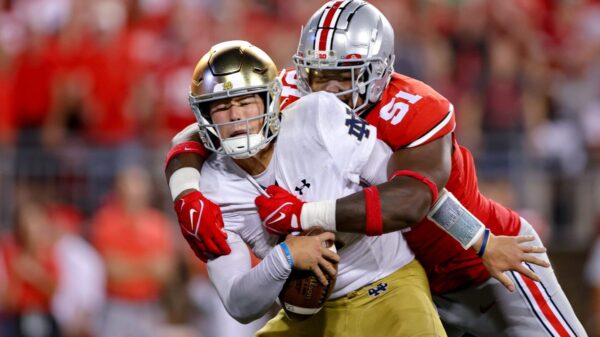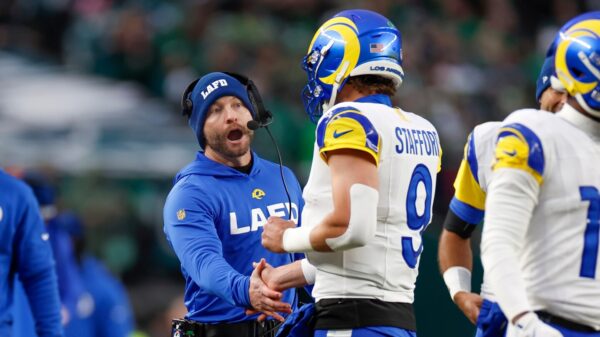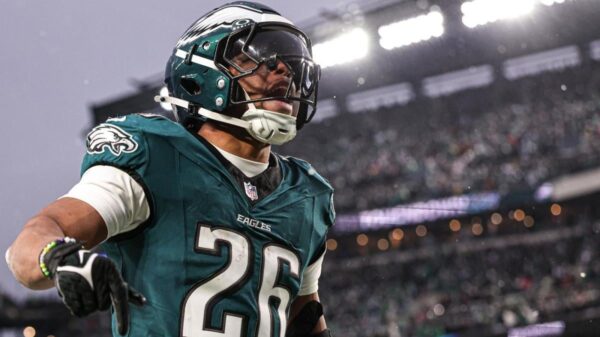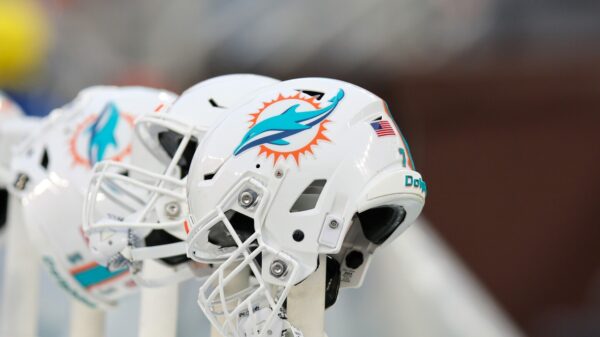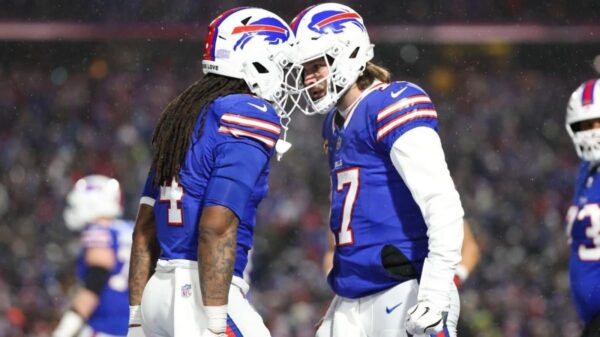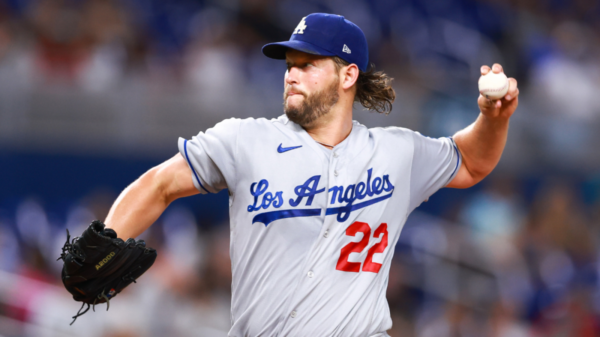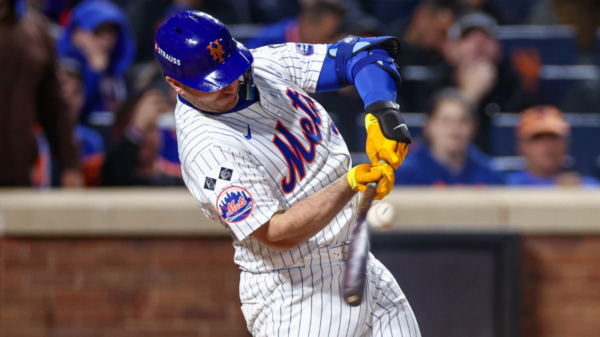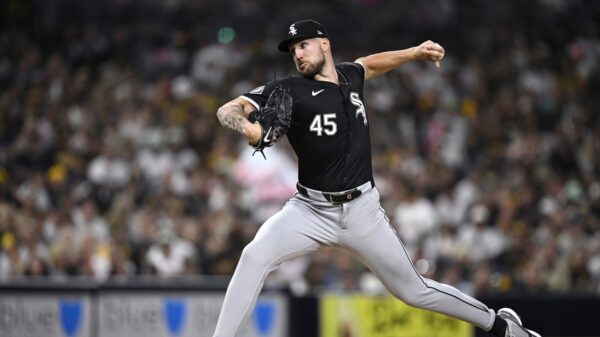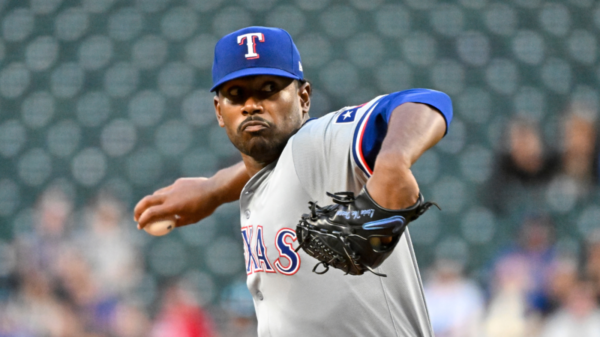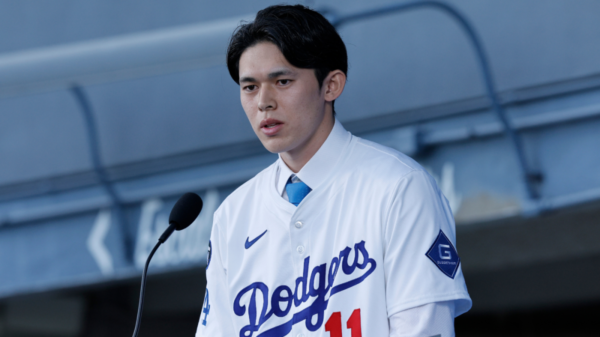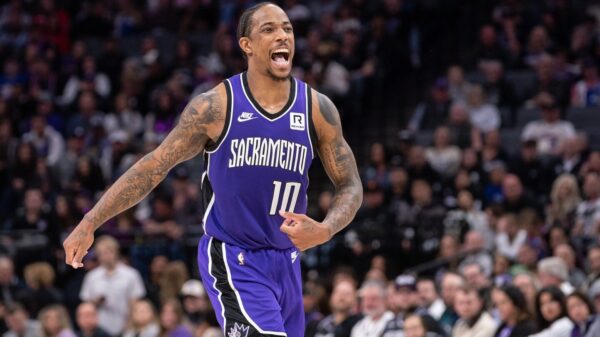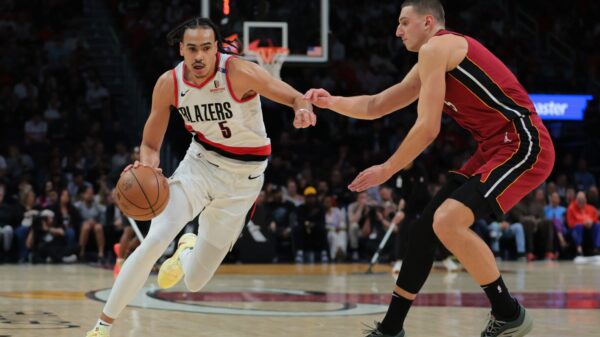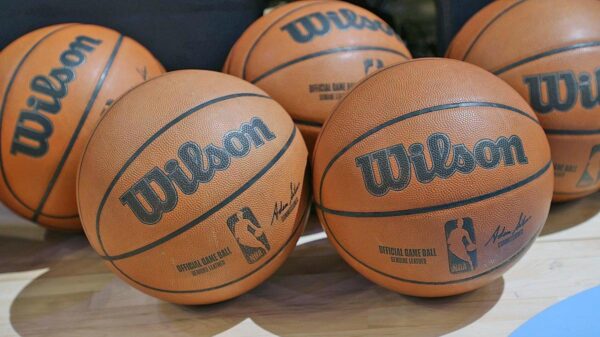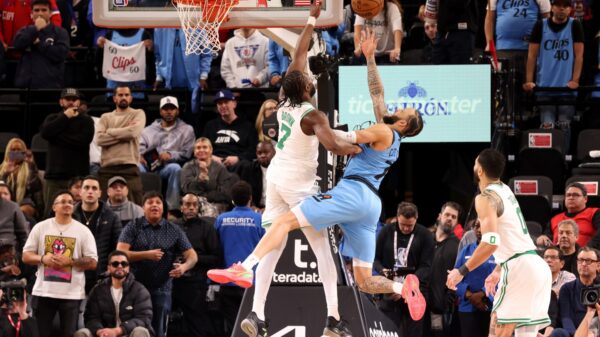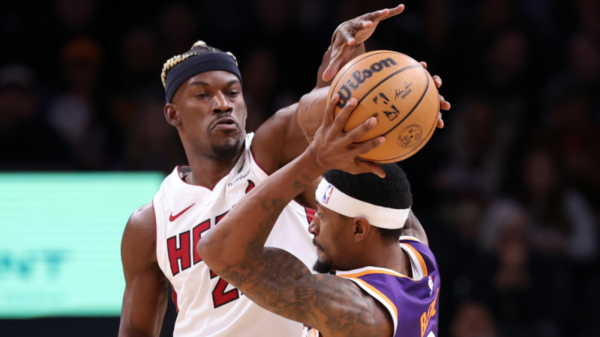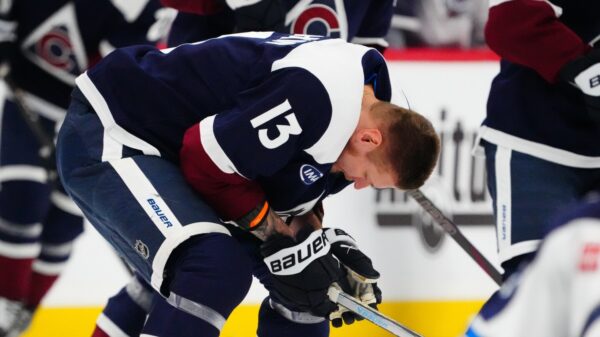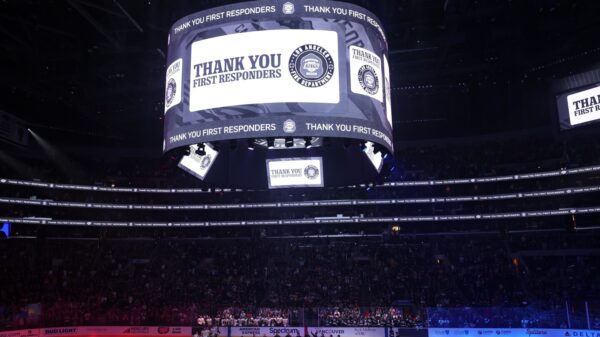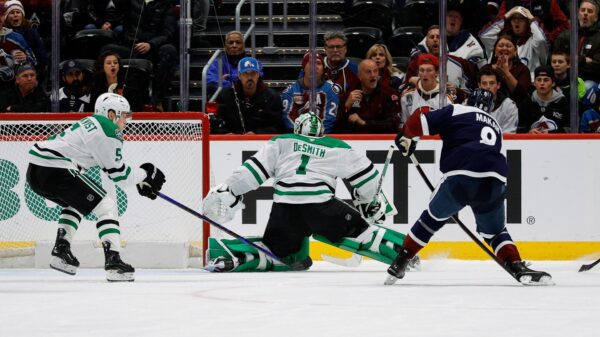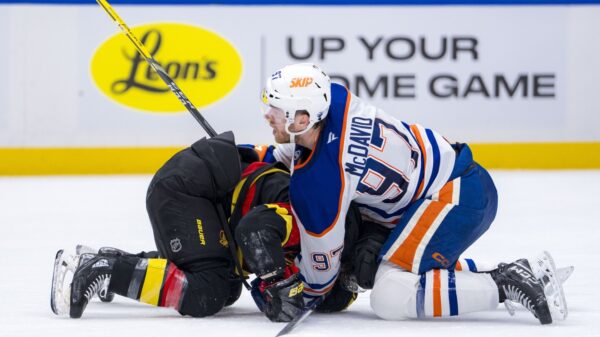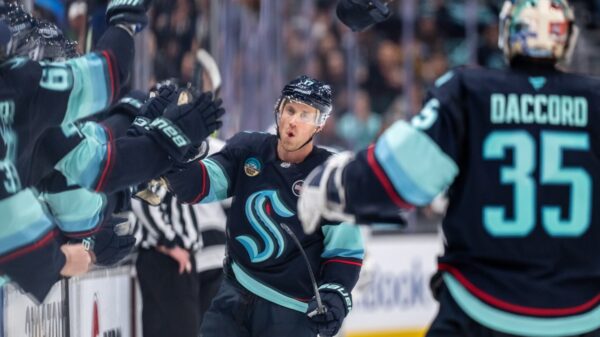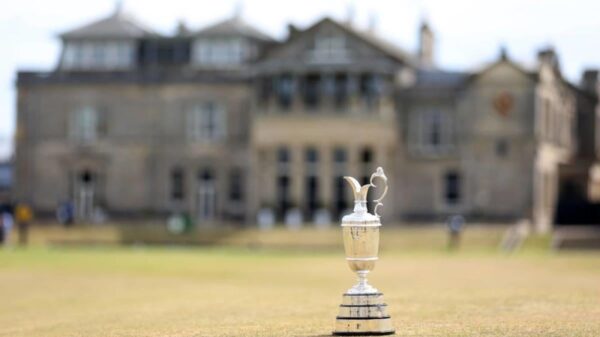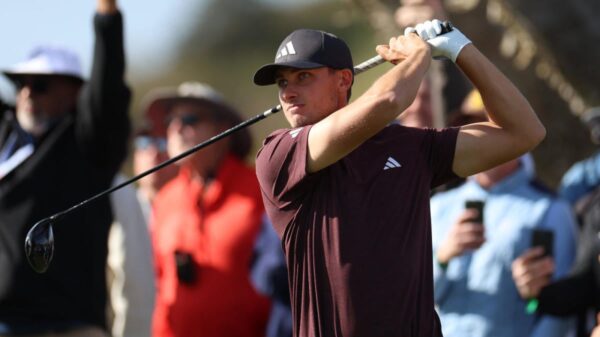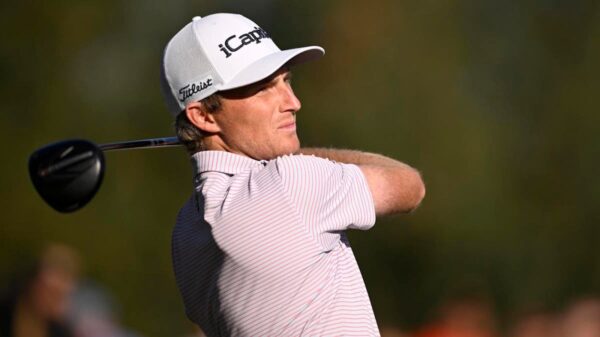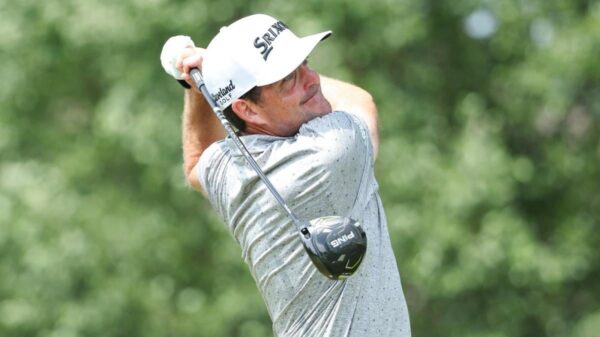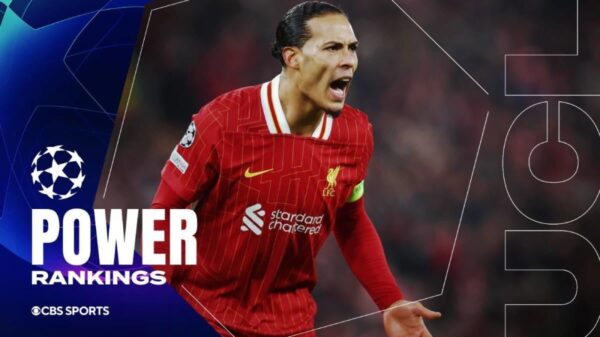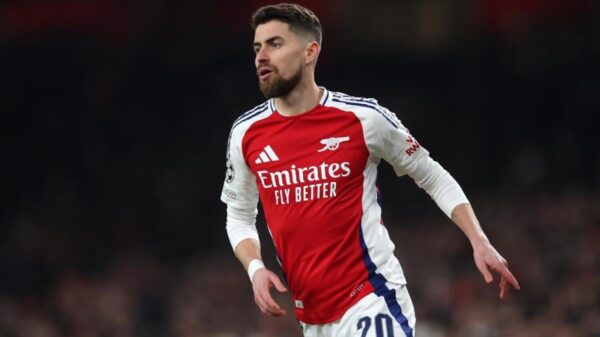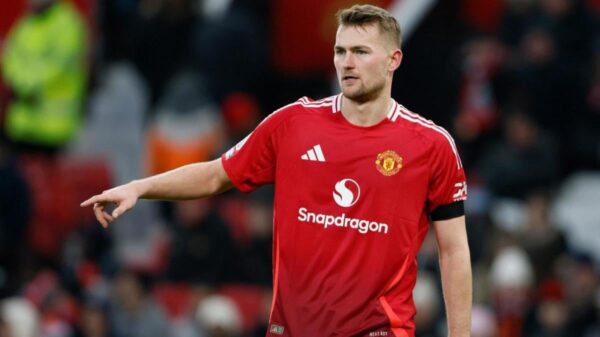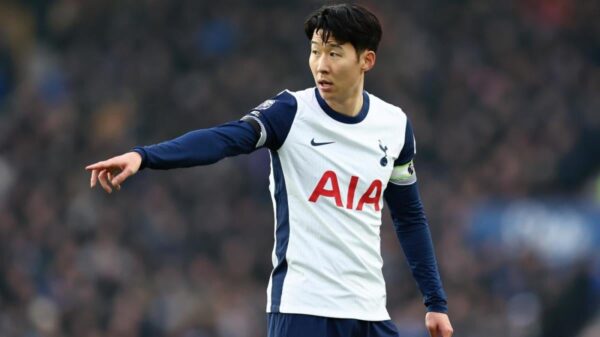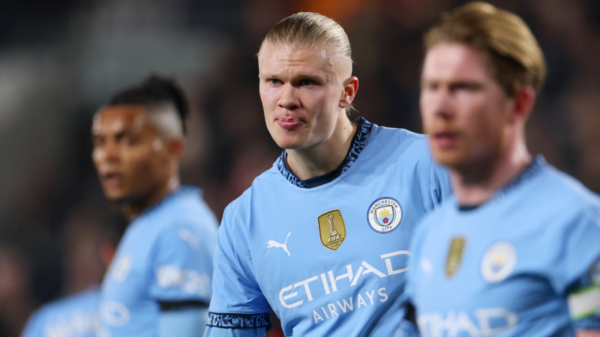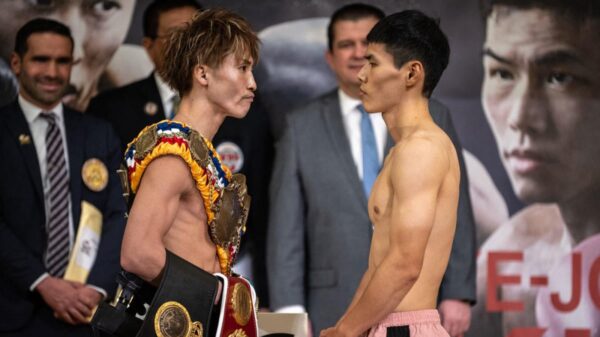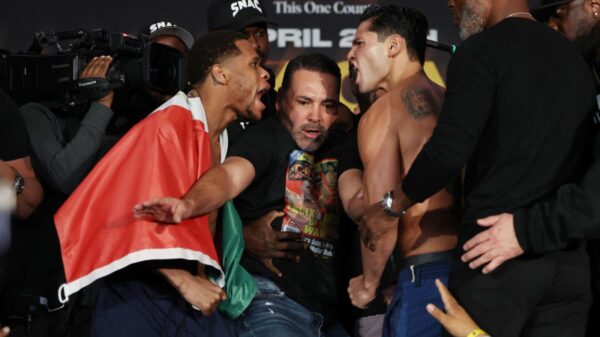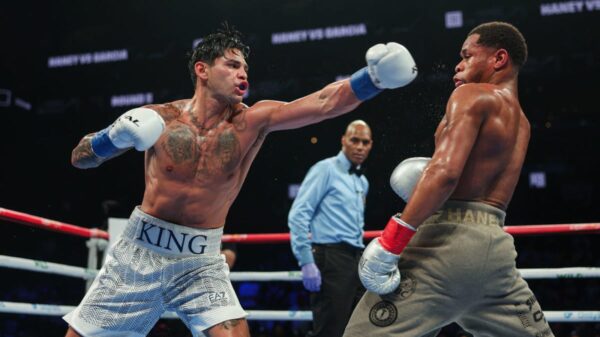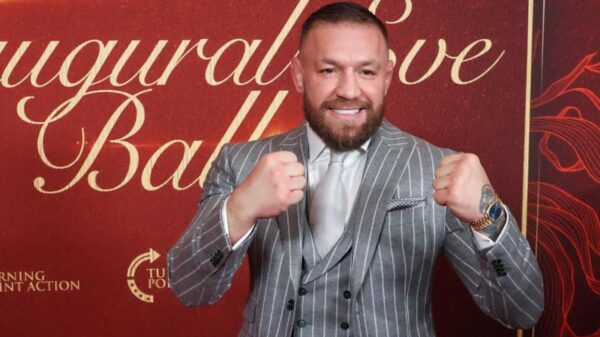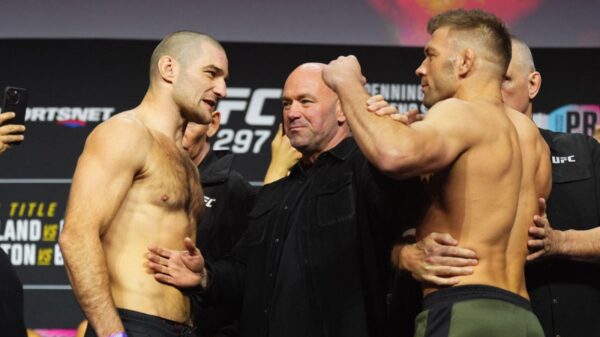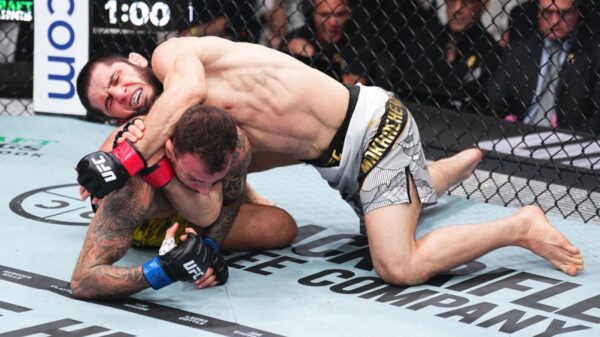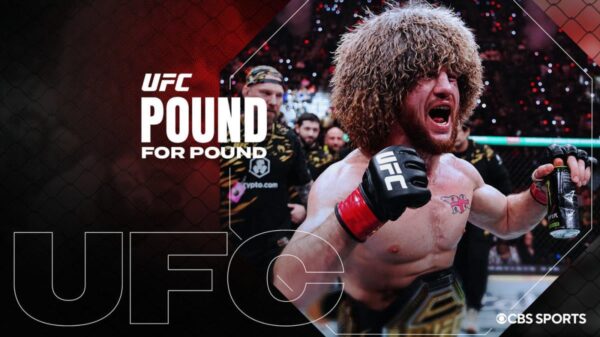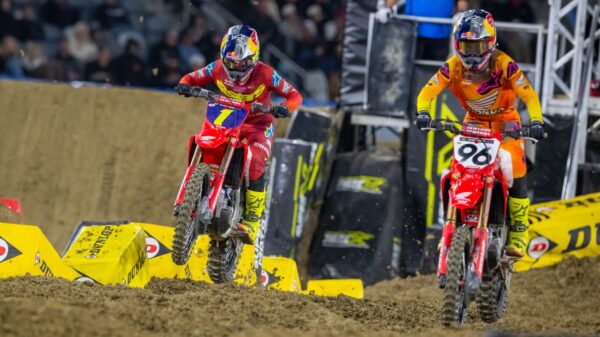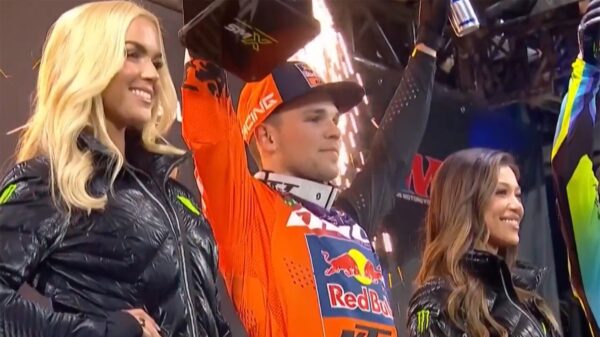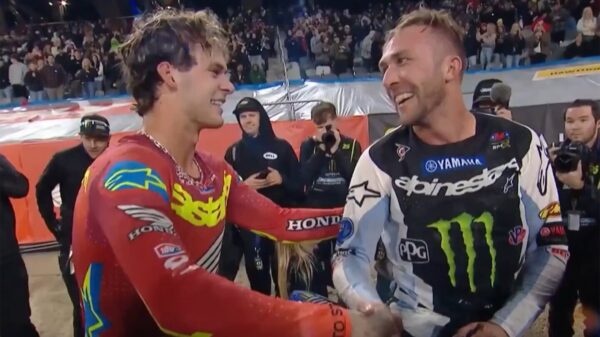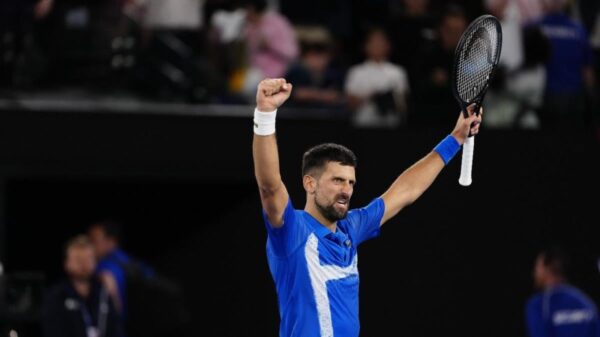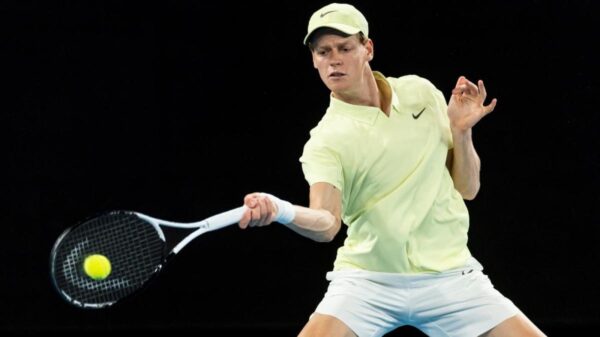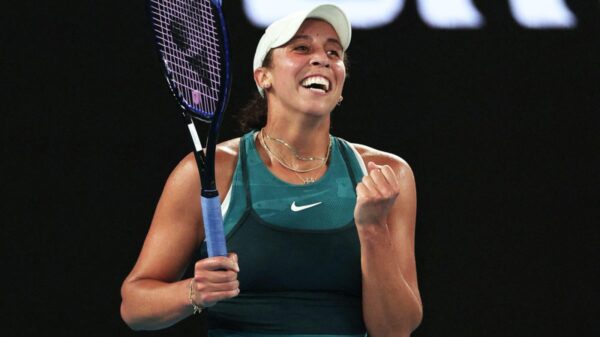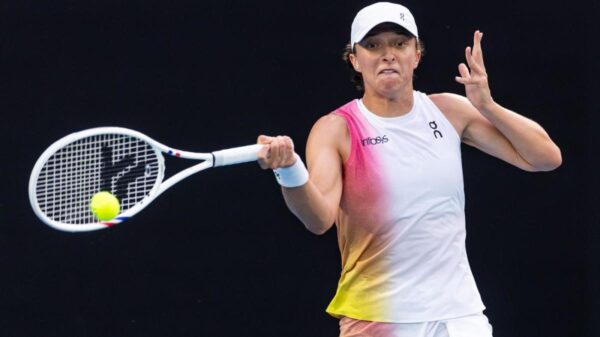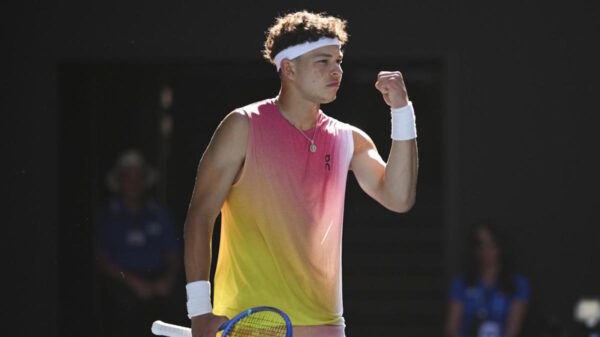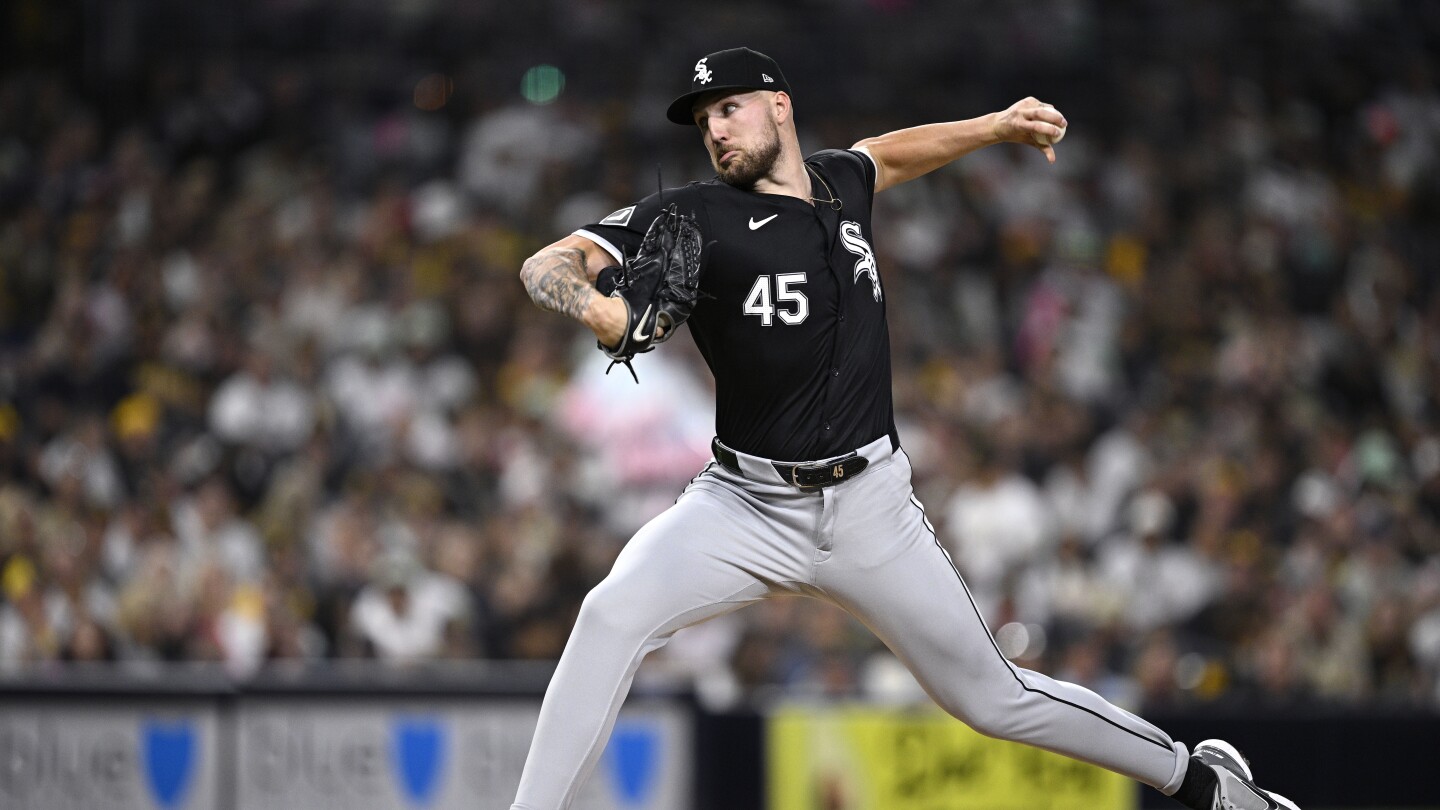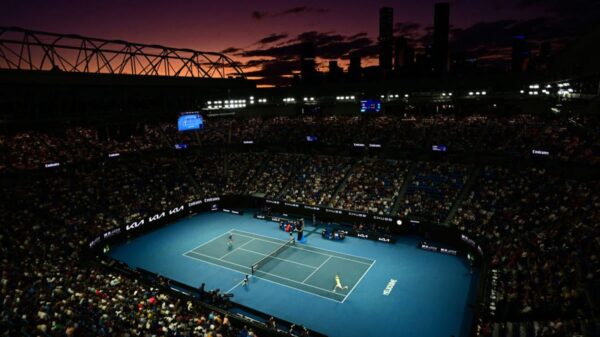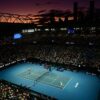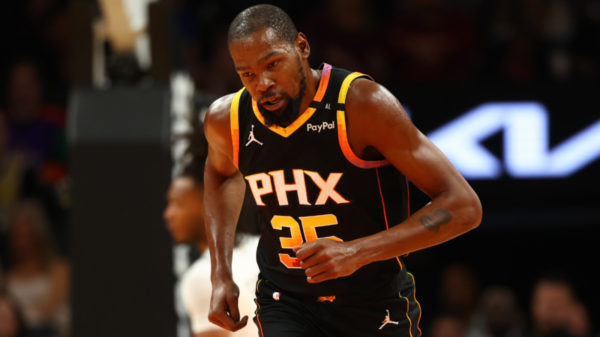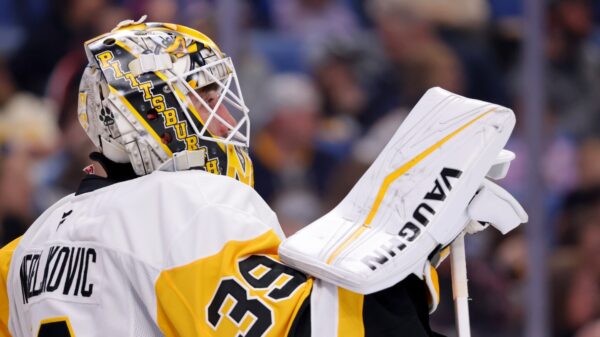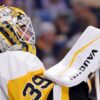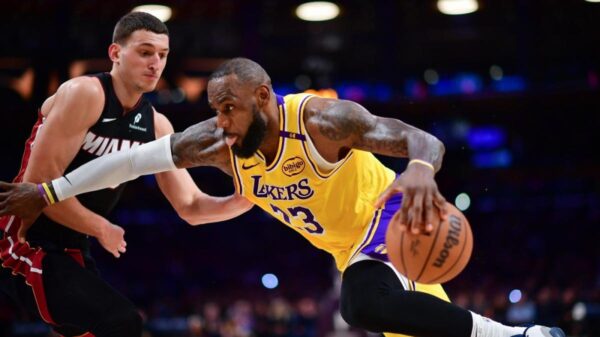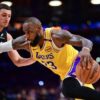The baseball season is inching closer with pitchers and catchers reporting to spring training in just three weeks. While that leads to an uptick in fantasy baseball drafts and rankings being published across many sites, including ours, I felt that it was important to look back at my starting pitcher rankings for 2024 before moving onto my rankings for 2025.
I think, as analysts, too many of us don’t look back at our work or our team’s results from previous seasons and examine not just WHAT calls we got right or wrong but WHY those wound up being right or wrong. Sometimes it’s not just about missing on one player but having a strength or a weakness when it comes to evaluating or projecting certain types of players.
In this article, I’m going to look back at my final pre-season update of my starting pitcher rankings from 2024 and go over some of my bigger “hits” and “misses.” Then, at the end of the article, I’ll go over what some of my key takeaways were from the process of going over my own work. Hopefully that will not only make my 2025 starting pitcher rankings better but can help you when you’re evaluating your own decisions prior to your 2025 fantasy baseball drafts.
NOTE: ALL 2024 ADP NUMBERS ARE TAKEN FROM FANTASYPROS’ NFBC ADP LISTS AND THE 2024 FINAL RANKINGS ARE TAKEN FROM FANGRAPHS PLAYER RATER.
2024 Starting Pitcher “Hits”
Cole Ragans (Kansas City Royals) – #14 Starting Pitcher (2024 NFBC ADP: SP28, Finished: SP17)
What I liked about Ragans was his track record as a first-round pick back in 2016, which made me feel more confident that he didn’t “come out of nowhere.” I mentioned in my pre-season article that Ragans’ years missed due to injury were really just one injury that had a botched surgery and needed a clean-up. I also discussed that his increased velocity and true five-pitch mix made me feel confident that he could throw most of his pitches for strikes in any count. That deep pitch mix plus the bump in velocity and clear starting role made me feel confident to draft him inside the top 15 starters because I felt that he was being unfairly dinged for being “injury-prone.” This was one of the starting pitchers picks I hit on when I leaned into innings risk rather than run from it.
Chris Sale (Atlanta Braves) – #25 Starting Pitcher (2024 NFBC ADP: SP38, Finished: SP3)
Chris Sale was another big win for me when I leaned into innings pitch risk and trusted a pitcher I knew was talented when he was on the mound. Heading into 2024, I wrote that Sale was more effective in 2023 than we thought if we just looked at surface-level stats. He still missed a lot of bats and seemed more impacted by rust from his previous injuries and not as if he was suffering from clearly diminished stuff. I liked his team context with Atlanta and wrote that “even if we get 140 innings, they’ll be 140 really good innings, so I’m in on Chris Sale.”
Obviously, we got more than 140 innings and far better results than I could have imagined, but Sale was another success story of leaning into the idea that “I know I’m getting good innings when he’s healthy, so I’ll take the gamble.”
Shota Imanaga (Chicago Cubs) – #34 Starting Pitcher (2024 NFBC ADP: SP51, Finished: SP6)
My bullish rankings on Imanaga is partially thanks to Nick Pollack, who I do the On the Corner Podcast with over at Pitcher List. Nick spoke glowingly about Imanaga’s full pitch mix, and I began to have faith in his fastball which got impressive Induced Vertical Break (iVB) and seemed like a good foundational piece. When I paired his deep arsenal of pitches with a strong foundational pitch like the four-seamer, it seemed to me that we were discrediting Imanaga because Yoshinobu Yamamoto was the bigger name, but Imanaga has better strikeout numbers than Yamamoto in Japan. This was just a bet on the idea that we were unfairly punishing Imanaga for being older and less-heralded than Yamamoto, and it was a bet that paid off for me in a number of leagues.
Bryan Woo (Seattle Mariners) – #35 Starting Pitcher (2024 NFBC ADP: SP57, Finished: SP22)
My faith in Woo coming into 2024 stemmed from my belief in the changes we had started to see from Woo in 2023. He has shown an elite fastball in his rookie season but really struggled to get lefties out. I mentioned in my pre-season rankings that Woo had introduced a cutter in 2023 that I didn’t love, but I believed that a full off-season for Woo to adapt the cutter would lead to much-improved splits in 2024.
As it turned out, Woo took his 83 mph slider in 2023 and turned it into a sweeper in 2024, and then took that new cutter and used the off-season to turn it into a harder 86 mph slider. That harder slider wound up being a good pitch against lefties and Woo started to use his changeup much more, which led to massive strides forward against left-handed batters and a really strong season overall despite battling through injuries.
Tanner Houck (Boston Red Sox) – #64 Starting Pitcher (2024 NFBC ADP: SP110, Finished: SP34)
Houck was a late mover in my starting pitcher rankings before the season started and I mentioned that it was because “his velocity is up this spring after he cleaned up his mechanics and that seems to have also helped his command. Color me intrigued.” Obviously, ranking him at SP64 means that I didn’t believe he was going to have as good of a season as he wound up putting together, but I feel I properly reacted to spring training news.
Oftentimes, I think we look so much at spring training stats or who’s throwing a new pitch, but those can often just be noise. Pitchers adding velocity is more important because we know velocity has a direct correlation to increased performance, and even if that performance doesn’t hold, we could potentially reap the rewards in the early months of the season before cutting bait if the pitcher fades. However, with Houck it was also seeing that his mechanical adjustments had helped with his command (and also his health) and that, to me, felt like a more immediate benefit.
2024 Starting Pitcher “Misses”
Luis Castillo (Seattle Mariners) – #4 Starting Pitcher (2024 NFBC ADP: SP6, Finished: SP41)
I wasn’t alone on missing with my Luis Castillo rank since he was a consensus top 10 pitcher, but I had him on many teams as my “ace,” so his poor season hurt me. For me, a big part of my rankings on Castillo was that I felt like I could trust his floor. In my final rankings, I said, “While recent years have taught us that there’s not any true security with any starting pitcher, Luis Castillo feels like one of the best bets going.” Yeah, that was wrong. It wasn’t wrong to believe that Castillo would still be solid, and I don’t think there’s any way I would have ranked him outside of the top 10, but I looked at his “safety” and didn’t pay attention to his declining fastball velocity and the increase in hard contact allowed. That was a mistake.
Pablo Lopez (Minnesota Twins) – #5 Starting Pitcher (2024 NFBC ADP: SP9, Finished: SP39)
Pablo Lopez was another top 10 starter that I missed on, and, for me, my bullishness on Lopez was that I believed people were unfairly penalizing him for precious injuries: “I think Pablo Lopez is being unfairly punished for injuries he suffered during two seasons in Miami. Pitching is naturally risky from an injury standpoint, but Lopez has thrown at least 180 innings in two straight years.” I also looked at his improvement in Minnesota and said, “Pablo always had a great change-up, but now he has another plus pitch that he can use to take some pressure off the change.”
The issue is that the changeup failed him in 2024. In 2024, his changeup had a lower zone rate, strike rate, and swinging strike rate and also gave up more hard contact. So even though the sweeper remained a good pitch for him, it meant he no longer had two plus pitches in each start. While I couldn’t have known he would lose his changeup for most of 2024, I guess I could have been more tepid in ranking Lopez based on his 100th percentile outcome and baked in a bit more uncertainty for somebody without a long track record.
Zach Eflin (Baltimore Orioles) – #18 Starting Pitcher (2024 NFBC ADP: SP22, Finished: SP56)
Speaking of pitchers without a long track record, I was pretty into Zach Eflin going into 2024. Luckily for my fantasy teams, a lot of other starters I liked fell to me in drafts, so I didn’t have many shares of Eflin, but that doesn’t mean I didn’t rank him high before the season started: “I’m not sure why people are so down on Zach Eflin. For years we said “If only he would throw his curveball more” or “If only he went to a team that could get the most out of his talent,” and then he does that and has a great year and people say, “What if he can’t do it again?” Which one is it? Is he the talented people who just needed a better environment or was he never that guy to begin with?”
The truth is actually somewhere in the middle. I believed that Eflin had shown this new level that we all thought he had the capacity to reach and so that meant he “owned that level.” The truth is that he owned that level as a potential outcome, not as the likely outcome. We still had years of Eflin being an inconsistent pitcher who struggled to showcase a reliable and deep arsenal of pitches. I was too quick to buy into his “new level” and not level-headed enough to suggest that the reality is often always somewhere between the previous level and the breakout level.
Garrett Crochet (Boston Red Sox) – #85 Starting Pitcher (2024 NFBC ADP: SP96, Finished: SP31
Now, Garrett Crochet had an ADP of SP96 so nobody was really “in” on him prior to the season, and I did rank him ahead of consensus, but I also had zero shares of him and was not quick enough to react to what we saw in spring. In my last write-up, I said “So Garrett Crochet is the White Sox’s opening day starter. I have no idea what to expect from him, but he hasn’t allowed a run all spring and, more importantly, has 12 strikeouts with no walks. If he’s going to show that kind of command as a starter then I’m intrigued.”
For me, missing out on Crochet was about the consistency of my process. Crochet was a reliever transitioning to the starting rotation with clear strikeout upside but question marks about health and the depth of his arsenal. It was right to be cautious about him. But why did I have Crochet ranked 85th but A.J. Puk ranked 60th and DL Hall ranked 62nd? They all had similar strengths and weaknesses. If I was consistent with my process then Crochet would have been ranked in the 60s for me. Since I came out of drafts with DL Hall as my most rostered player, my teams might have had much different finishes if Crochet had actually been my most rostered player instead.
Lessons Learned From 2024 MLB Season
Don’t Put Safety Over Pure Talent
In his Baseball Forecaster, Ron Shandler says, when it comes to pitchers, “there’s risky and riskier.” On some level I know this, and I spoke a lot in the offseason about ranking Tarik Skubal, Tyler Glasnow, and Chris Sale higher than many had them because I wasn’t going to buy into some false idea of safety. Yet, I also ranked Luis Castillo fourth, Logan Webb eighth, and Zac Gallen 12. All of them were the seemingly “safe floor” options. None of them finished as top 20 pitchers.
There is no safety. Yes, some pitchers are riskier than others, but they are all risky, so I need to, once again, remind myself that while I don’t want to take too many risks in my drafts, I also don’t want to draft pitchers I truly believe are inferior talents ahead of pitchers I think are clearly better just because I think the inferior talents may be “safer.” Leaning into risk is what allowed me to draft many shares of Cole Ragans and Chris Sale in 2024, and so I need to do it again. Will I miss on some? Sure, but I’ll also hit on some major draft value, and I can always rely on my ability to find starting pitchers on the waiver wire to try and make up for the talented pitchers who just don’t pan out.
Don’t Rank/Draft Based on 100th-Percentile Outcomes
The flipside of the talent argument is to also bake in some possibility that the upside doesn’t hit. Two of my bigger misses were also ranking Bobby Miller and Grayson Rodriguez inside of my top 20. I liked what they did as young pitchers and felt like we had yet to see their best. However, I ranked them as if we were going to see their best. Even if I felt confident in their skills and growth, I should have ranked them more around their 75th-percentile outcome – if they flashed almost all of the ability I believed they had. That strategy would allow me to be optimistic about a player with a limited track record but still perhaps a bit more “realistic.”
With Pitching, Coaching Matters
This goes back to my ranking of Tanner Houck. I know we don’t want to make too much of new coaches because it’s hard to tell who will benefit from a new philosophy, but pitching and pitching coaches is something where I think we need to pay more attention. The Red Sox hired Andrew Bailey last off-season as a well-regarded pitching coach. Red Sox pitchers came into spring training talking about the way they had changed their approach and training in the off-season, and we immediately saw that benefit Tanner Houck and Lucas Giolito (before he got hurt). Pitching coaches can have a more direct and more immediate impact on how a pitcher prepares and how a pitcher attacks hitters, so if we know a team has a new pitching coach, and we see clear changes in spring training to approach and philosophy then it’s something we should react to quickly.
Don’t Ignore Small Sample Sizes If It’s All We Have
Yes, we don’t want to rely too much on small sample sizes; however, sometimes small sample sizes are all we have. When it comes to Garrett Crochet, all the information we really had about him as a starter came from his spring training innings. He was absolutely electric in those innings. Should we have drafted him as a top 15 starting pitcher? No, but we maybe should have react more to what he was doing because it was the only time we’d seen him try to be a starter at the MLB level. Especially when you’re talking about pitchers going outside of the top 40 starters, if we don’t have a large sample size, but the small sample size is really impressive then I think we can react a little more to that sample than we might normally.
Be Wary of Pitchers Who Give Up Lots of Hard Contact
I don’t like pitchers who give up lots of hard contact. I know some guys who are high strikeout rate pitchers will also give up lots of home runs, but what I mean is pitchers who consistently allow high barrel rates or Ideal Contact Rates (a Pitcher List stat). To me, there’s a clear logic in saying that it’s a tough tightrope to walk for a pitcher to be successful against MLB hitters if they keep allowing hard contact. That’s part of the reason I faded Chris Bassitt for a few years, and I used it as a criticism of Kevin Gausman last year, but I still ranked him inside the top 10 and didn’t ding Zac Gallen or Luis Castillo enough for the quality of contact they allowed. Yes, all starters are risky, but I think pitchers who consistently allow hard contact are likely riskier than pitchers who have an injury history. That means when I’m doing my rankings this year, I might want to be wary of guys like Castillo, Carlos Rodon, Logan Webb, Jack Flaherty, and MacKenzie Gore to name a few.
It’s Still Best to Wait to Draft Starting Pitchers
I felt this way heading into the 2024 season, and it worked out well for me, and I am even more firmly a believer in waiting on starting pitching now. There are about 18-20 pitchers I think have the potential outcome as a “fantasy ace.” Yes, guys like Paul Skenes and Tarik Skubal are more likely to reach that outcome, but the pitching landscape right now is filled with uncertainty and upside. It wouldn’t surprise me if guys like Yoshinobu Yamamoto, George Kirkby, Cole Ragans, Max Fried, Michael King, or many others finished as top 10 starting pitchers, but they’re all going outside of the top 10 starters right now. I’d much rather load up on bats early on and then take a few starters rather than paying a premium to get “safe” options.
Read the full article here

